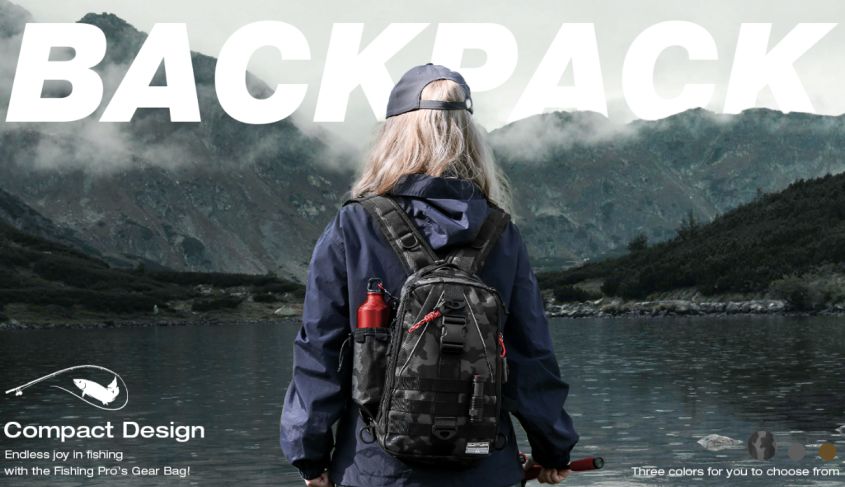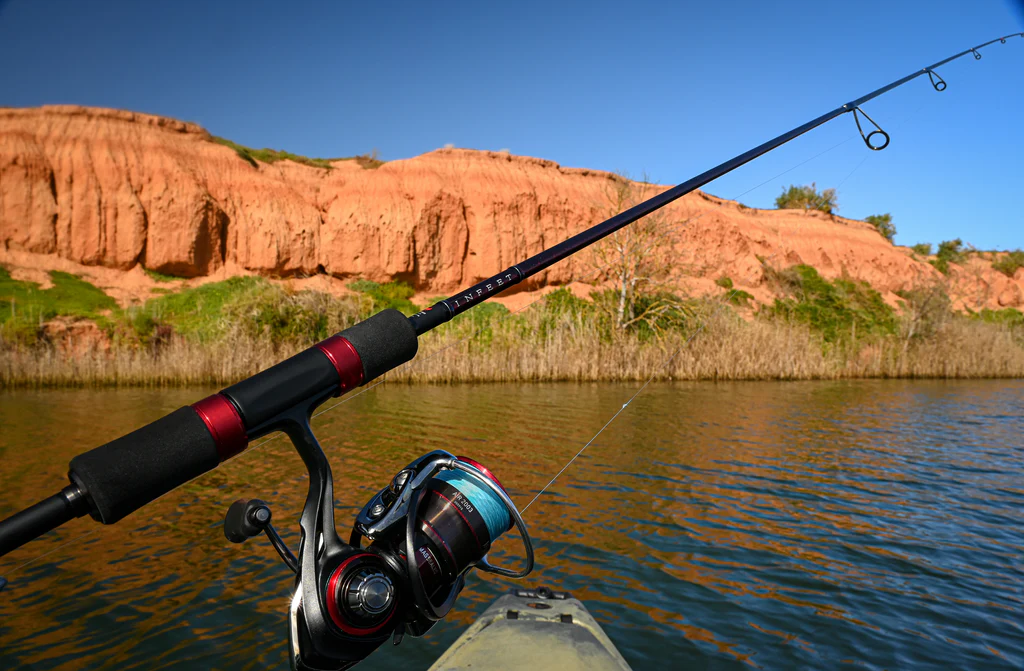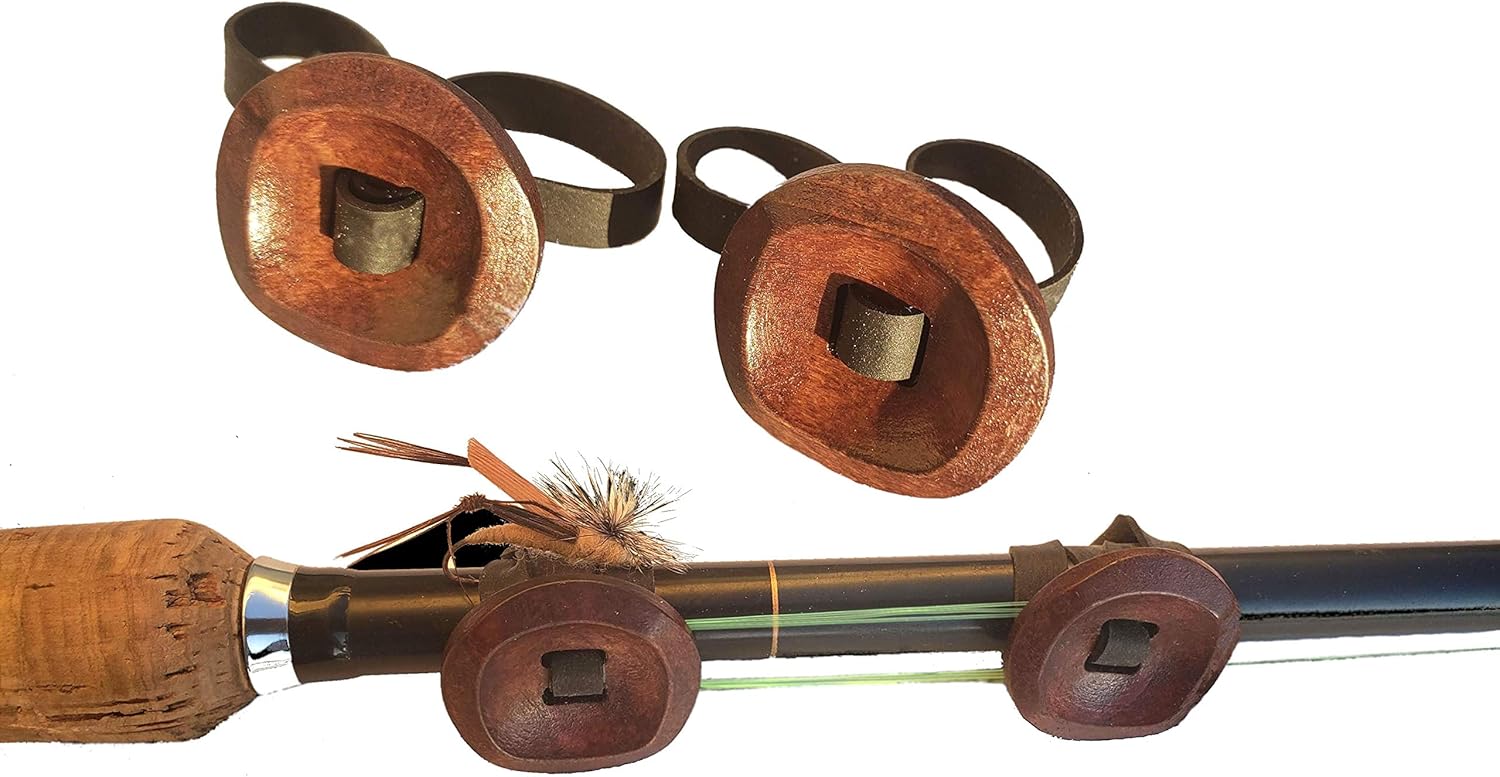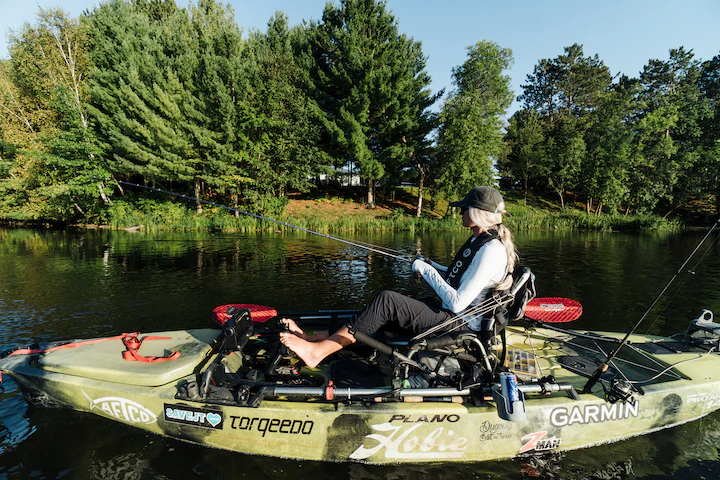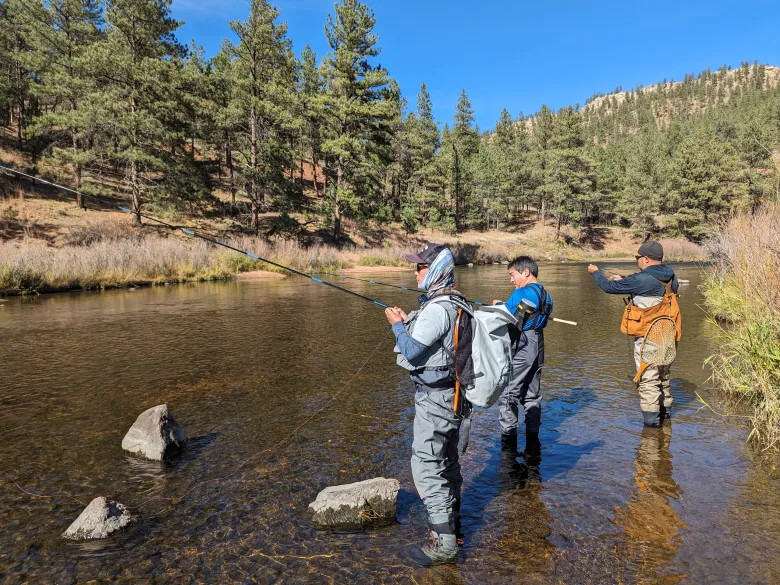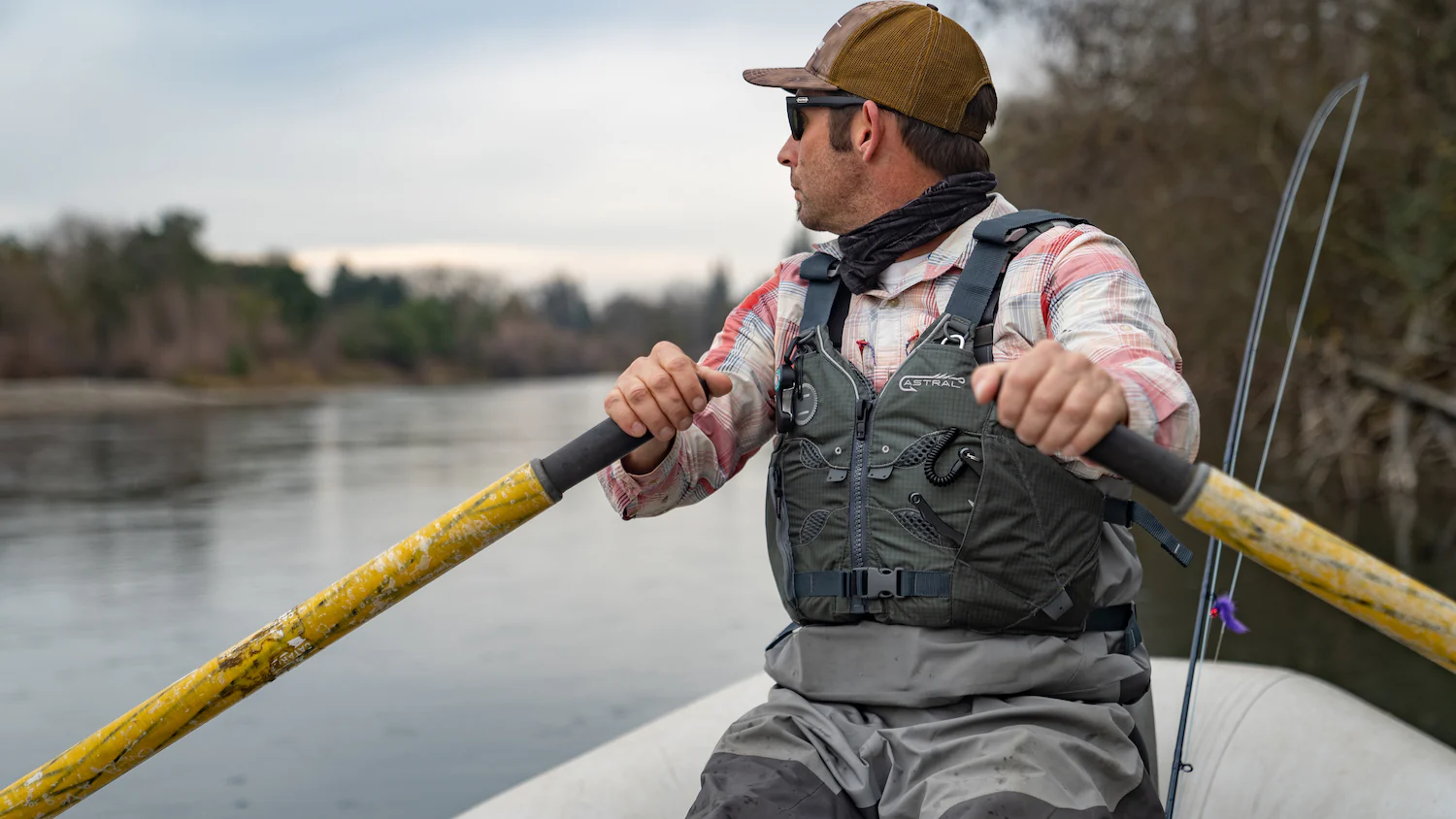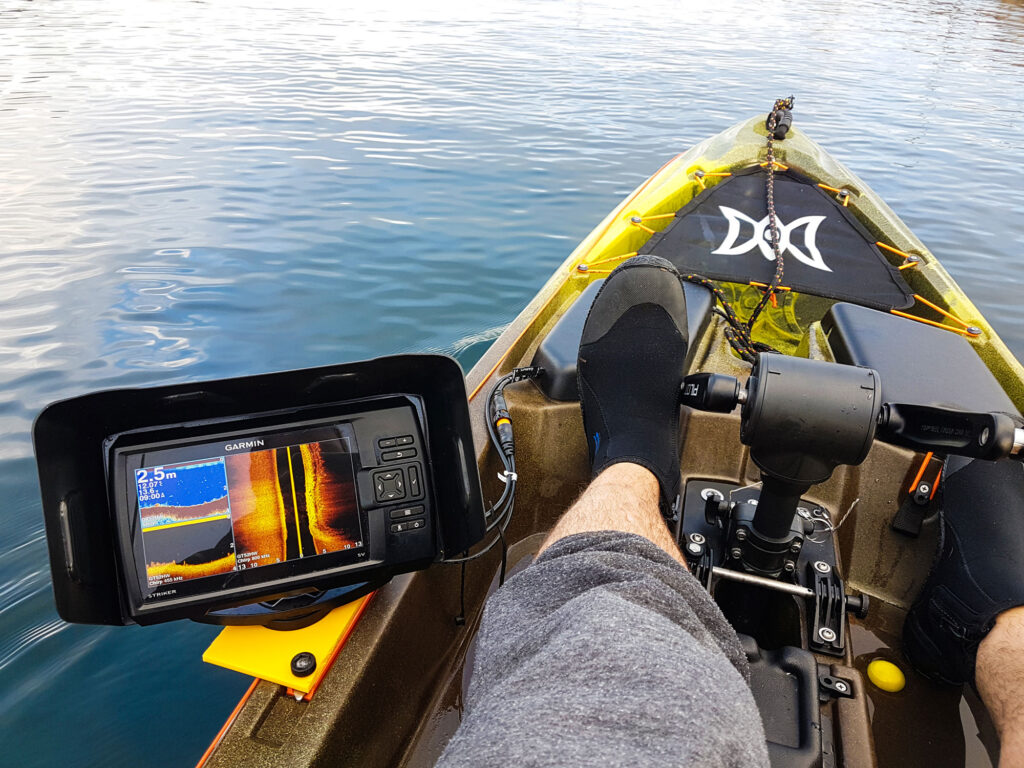Table of Contents
Different types of fishing reels serve specific roles and comply with the fish for which they are designed. This article will focus on the most used types of fishing reels and guide you in choosing suitable equipment for your coming voyage. In general, there are four types of reels that we will cover in this article.
What are the 4 types of fishing reels?
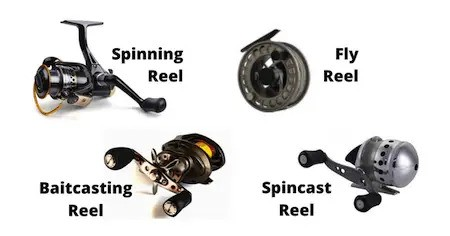

Fishing reels come in 4 main types, which can be divided into subcategories. Let’s dive deeper into these types and their sub-categories.
- Spinning Reel
- Baitcasting Reel
- Spin Casting Reel
- Fly Fishing Reel
Baitcasting reels are similar to big game reels. They are a smaller version of their bigger brother in most ways. Each design has its pros and cons and is thus suitable for some types of fishing.
Understanding the Different Types of Fishing Reels
Spinning reel:
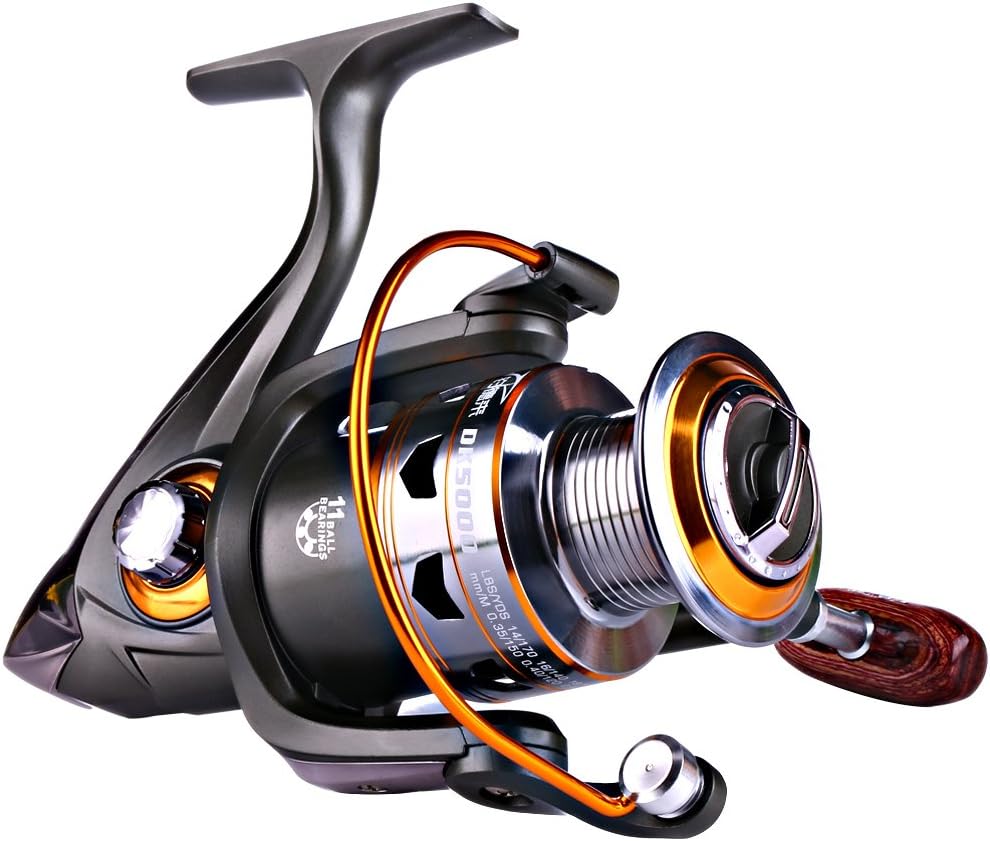
Spinning reels, or open-faced reels, are among the best fishing reels. They are very adaptable and used by professional anglers. They are even good for beginners. They have some common features. They have handles on the right or left. They have a fixed spool of line beneath the rod. They have a metal bail that directs the spinning reel’s line back into place as it is pulled in.
If you’re wondering what type of reel is best for beginners? The design of spinning reels ensures easy, trouble-free casting. It’s perfect for beginner fishermen.
Spinning reels are popular for two reasons. They have great line capacity. Also, they can handle almost any lure weight. This makes them ideal for all types of fishing environments, both light freshwaters and heavier saltwater.
Moreover, they have a variable drag mechanism that can be set at different levels of tension on line pull. This is especially true when working with various sizes and species of fish. A high line retrieval rate is another key feature of spinning reels. It makes them very effective for catching slow fish.
Baitcasting reel:
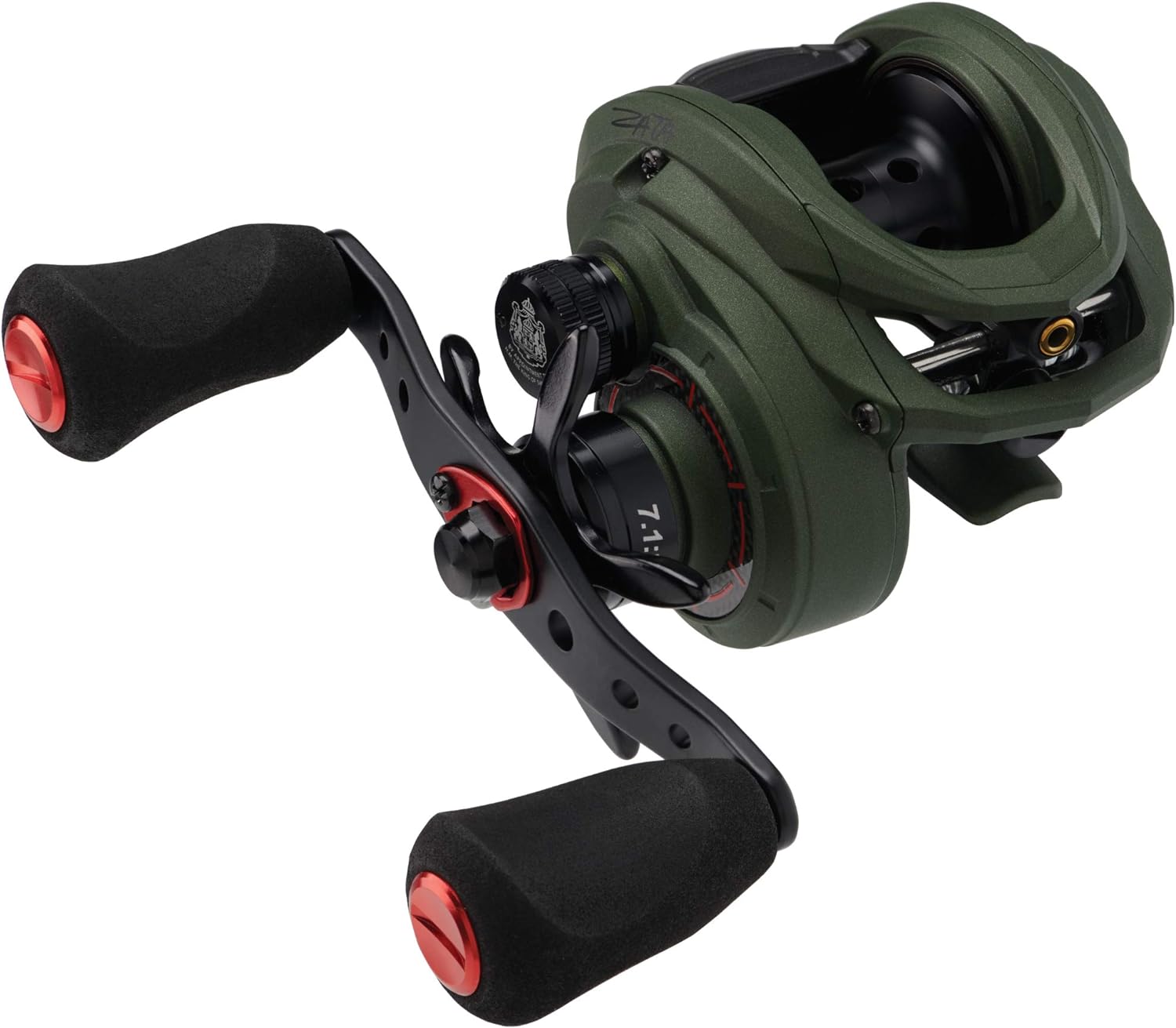
You might wonder what the difference is between spinning reels and baitcasting.
Confusion easily comes between these two kinds of reels because they almost share the same shape at a glance. The main difference between spinning and baitcasting reels is their mechanics. They are also designed for different types of fishing.
The first is in a bait-casting reel. It has a rotating spool that turns when cast to release the line by using thumbs. This technique takes time and practice to use well. But, it gives anglers more control over a longer cast.
Shortline systems are built for heavier fishing, like trolling and jigging. So, baitcasting reels are commonly used to target larger fish. They also have a greater line capacity for spinning reels. So, they can use heavier lines and lures.
Nevertheless, learning how to use a baitcasting reel could dissuade newcomers from this type of tool. However, it needs practice to use a thumb release while casting. It prevents backlashes, which occur when the spool spins faster than the bait and knots up.
Spin casting reel:
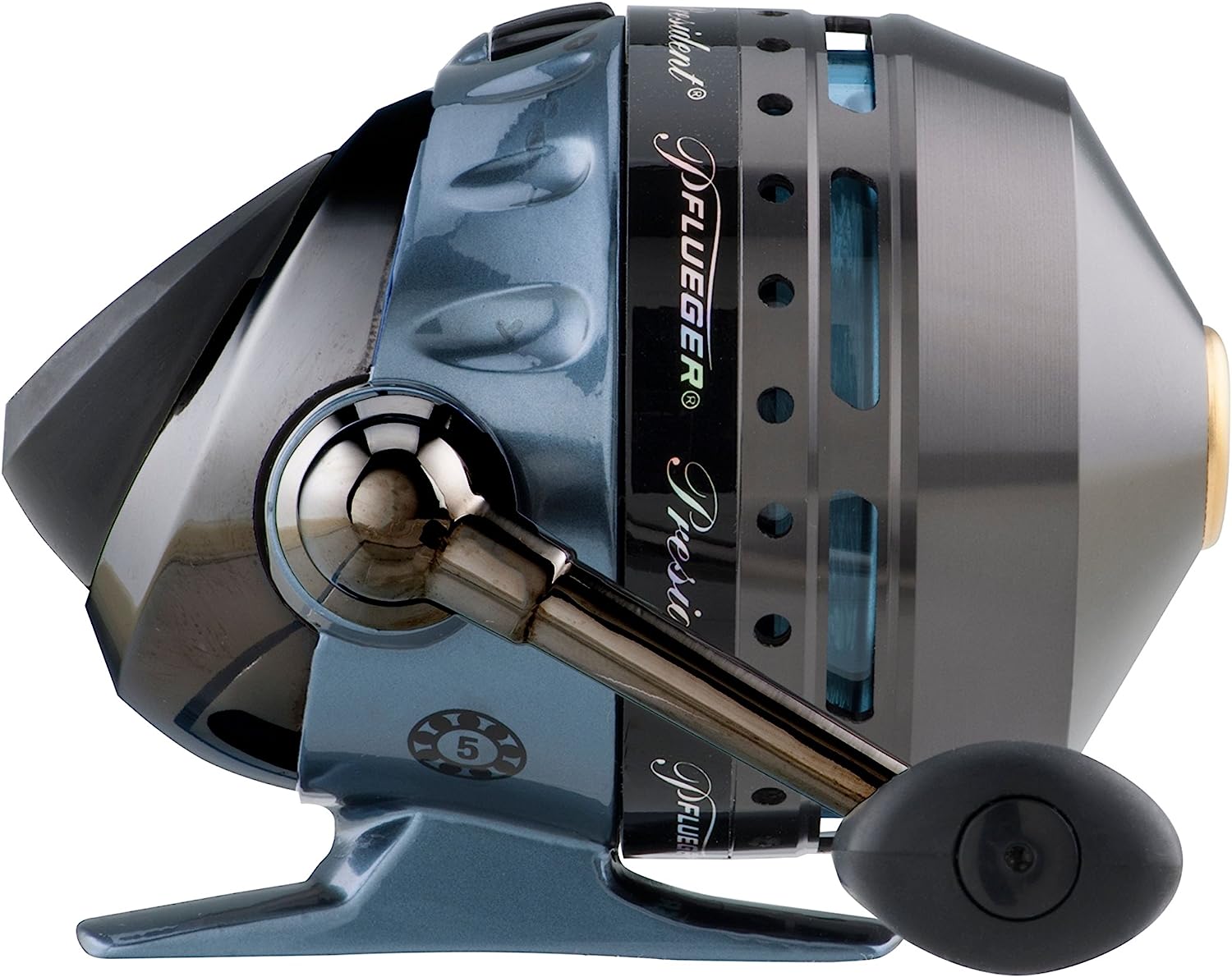
Spin-casting reels are among the best fishing reel types for beginners. They are easy to use and provide great mastery of accuracy when casting. The closed face of the spool casting reel reduces tangling. The wound line is on the back, so it’s easy to manage.
This kind of reel works best for light activities such as fishing small fish species, or even the smaller lures. However, casting types of reels are common in amateur markets. They require little maintenance from the user.
Spin-casting reels have a lower line capacity than baitcasting reels. So, they are not as good for using heavy techniques in fishing. They are also short on casting distance and not as robust compared to other lines of reels.
The best choice for anyone who likes simple and easy-to-use models that will make fishing all the more basic would be a spin casting reel.
Fly fishing reel:
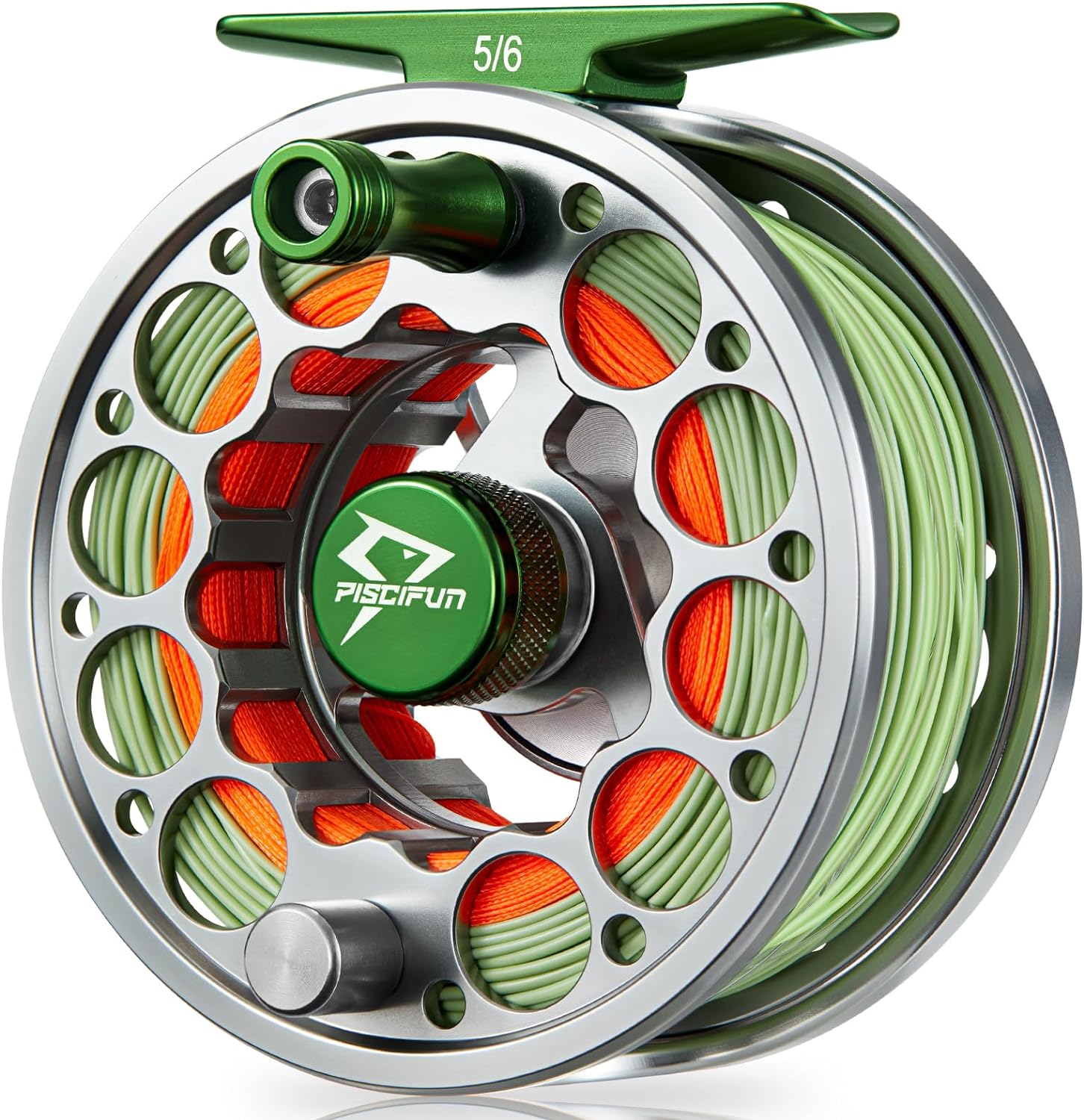
The fly fishing reel is designed for this type of fishing. So, it can use lightweight lures. It also stands as the most usable reel for trout and other inland living fishes.
The fly fishing reels must be large arbor-sized. They need quick line retrieval to reduce tangles. They come in various sizes to fit different fishing rods and methods. So, they can be used for any freshwater or saltwater technique.
A fly fishing reel does not allow the line to be reeled but it is simply drawn using hands. This method of fishing is controlled. It needs a precise cast, which only experts can do. Beginners may find it harder.
It is made up of a simple spool that has been fitted onto the rod hence making it very portable to handle. On the flip side, this also meant that fly fishing reels can only carry a small length of line and cannot be used on big fish.
If you seek adventure, try fishing. It is a challenge to catch small fish in freshwater. Fly reels will meet your needs.
Offshore reel:
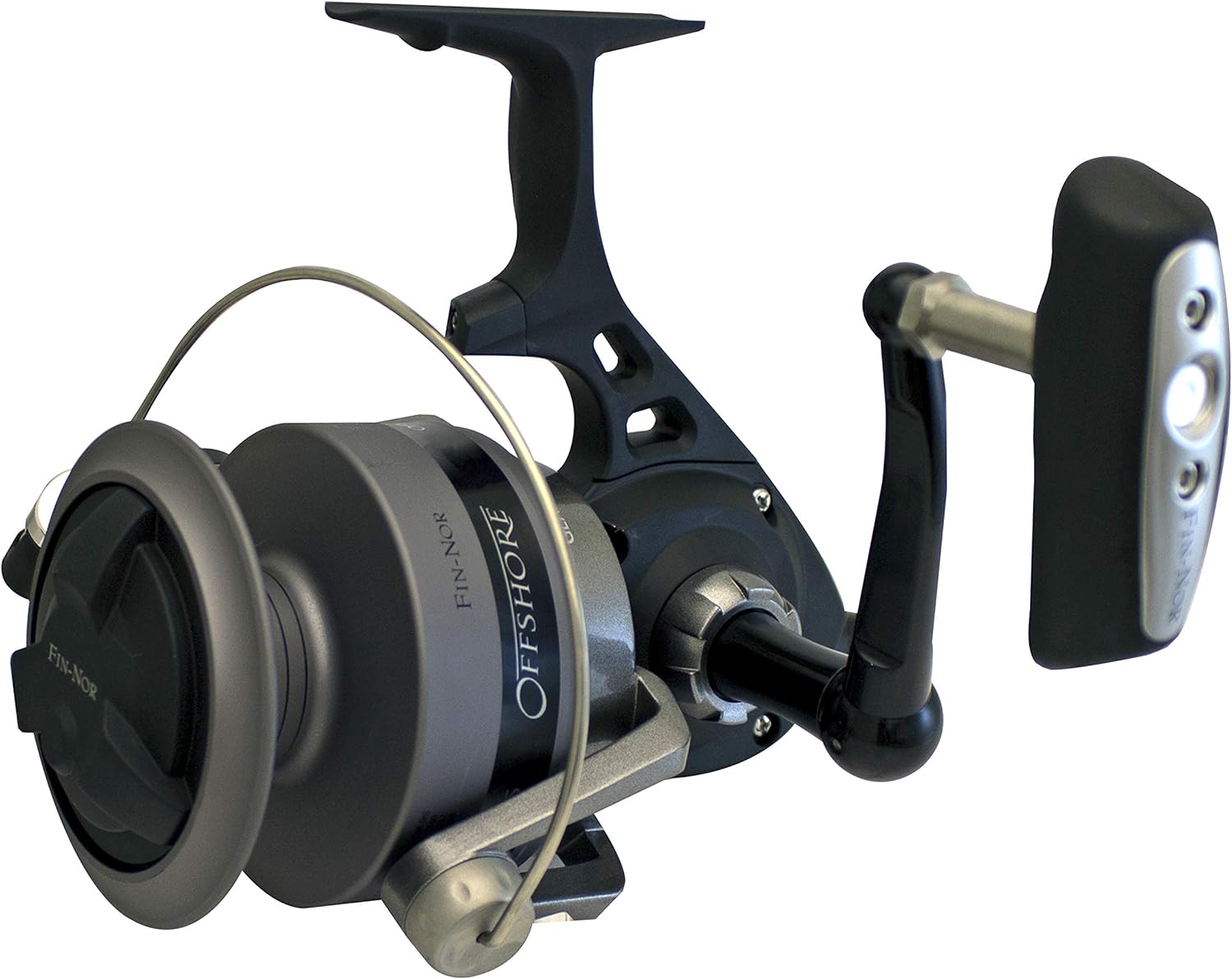
Offshore reel comes under large-sized fishing reels that target the huge saltwater fish species. They are made for heavy lines and can hold a lot of line. So, they are suitable for deep-sea netting.
In addition, they are built with durable materials that do not corrode and can be used in the historical marine environment. This makes the baitcasting reels more costly than other types of reels.
There are two types of offshore reels – conventional and spinning. Conventional reels are compact, with a rotating spool on the top of the rod, while a spinning reel has its filets behind the rod.
Use conventional offshore reels for trolling or bottom fishing. Use spinning offshore reels for casting big lures or bait. Some have added modern innovations, like drag systems and power handles. They make it easier to handle larger fish.
An offshore reel is right for you. It is for deep-sea fishing for huge fish. But, they are expensive. You must care for them to maintain their lifespan.
Trolling reel (conventional reel):
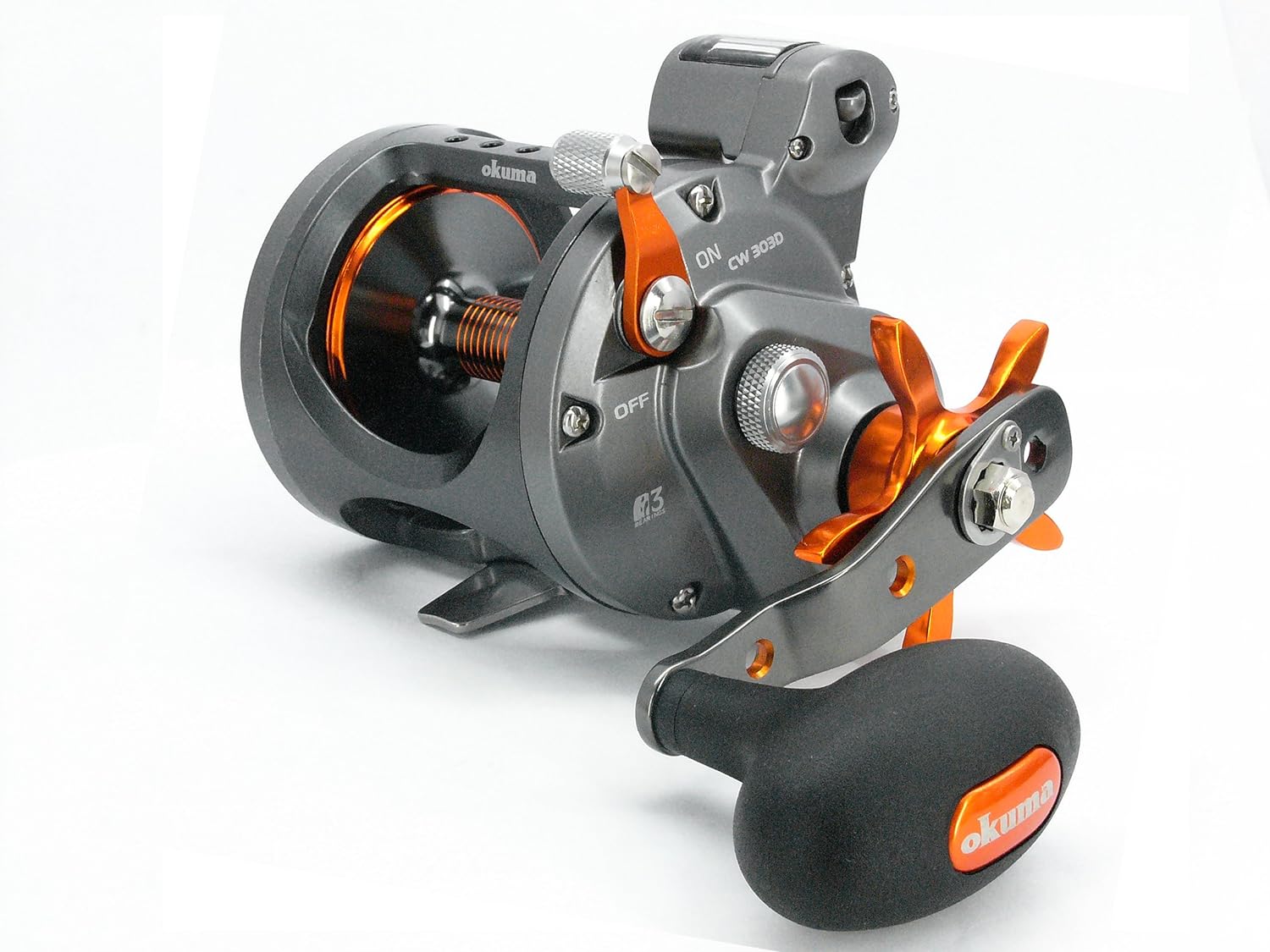
This reel is mostly used in trolling; this involves dragging a bait or lure behind the angler’s boat as it moves at a constant speed. Trolling reels are useful for shore fishing. They have a large line capacity and a heavy-duty build. Their strong structure can withstand the strain of shore fishing. They also have a powerful drag system.
Trolling reels have unique features. They differ from competitors’ reels. Those have level wind systems, line counters, and varied gear ratios for different fishing situations.
Trolling reels have one drawback: they are heavy, so it can be hard to handle them during a long period of fishing. They also need expertise in handling, something that makes them appropriate for the snitch who has enough experience.
Which fishing reel type is right for you?
Spincast Reel: Highly suitable for a beginner as it is very basic. Perfect for light lures and bait, it is primarily suited to freshwater fishing.
Spinning Reel: It suits all fisheries and all anglers’ skills. It is user-friendly and multipurpose. It is ideal for both freshwater and saltwater fishing. It helps find fish in rocky areas and locate inshore species.
Baitcasting Reel: Ideal for advanced anglers who pursue accuracy and control. Great for heavy lures and big fish.
Offshore Reel: Applies in offshore fishing or trolling. It is ideal for sport fishing and big games because of its rugged construction and modern capabilities.
Trolling Reel: These reels are for trolling by large fish that can exert serious pressure. They are usually bigger and stronger, but sometimes heavy. They require some skill to use.
Wrapping up!
In all fishing methods, it’s vital to use the right reel. It should match your preferences and skill level. Reels start with a simple spin cast or spinning wheel. However, skilled fishermen can try baitcasting or offshore reels. The trolling reels work best in particular situations like deep sea fishing or when you troll.
Do also give some thoughts on the style of angling your plan, your targeted fish size, and your budget. Choosing the right fishing reel for your trip can help. It can increase your chances of success and make the experience more enjoyable. Make your choice, choose the most suitable option for you, and go fishing with a high hope of getting that big fish.
FAQs
What is a fishing reel?
For line management, fishing reels are mechanical devices that hold and spool fishing lines when casting or retrieval is needed. They are also equipped with a braking system that regulates the speed of line-laying when pulling in the bush.
How do I choose the right fishing reel?
When selecting the right reel for fishing, take into account personal skill level, type of fish to be caught, and budget limitations. Beginners need to choose a moderate reel, and advanced anglers may try something extra.
What fishing reel types are best for beginners?
Spincast and spinning reels, in turn, are mostly referred to as the most suitable for beginner fishermen because of their user-friendly character and relatively lower prices. This is also very convenient, with specific varieties used for various types of fishing.
What type of fishing reel is best for offshore or deep-sea fishing?
Deep-sea fishing needs reels that are robust and can endure massive fish out in the open water. For this kind of fishing in bait casting and trolling reels, a wide range is used.
How much should I spend on a fishing reel?
Fishing reels are sold at prices that vary between the brands, features, and quality of materials used in manufacture. Decide on the price you are ready to spend, and select a reel that will be cost-effective.

